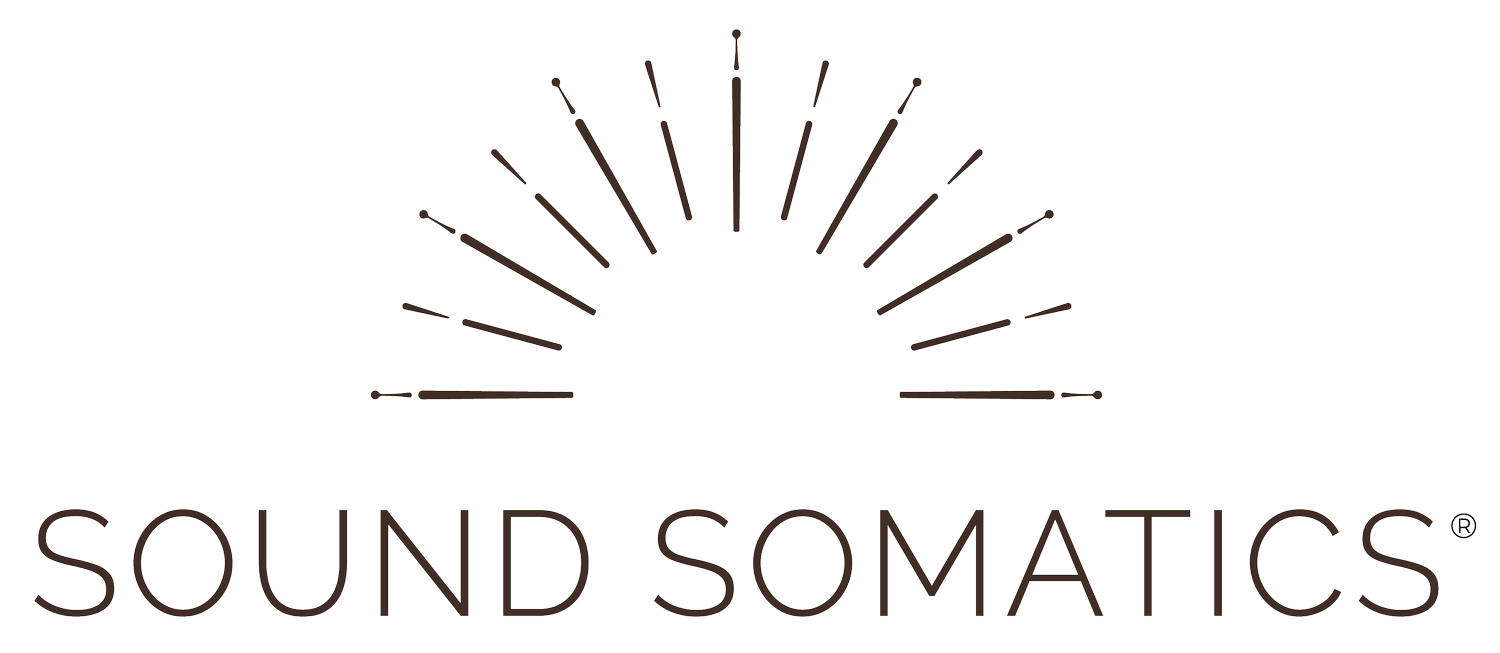Frequently Asked Questions: Craniosacral Therapy
What is craniosacral therapy?
Craniosacral therapy is a hands-on manual therapy. It’s a kind of bodywork that’s practiced by a range of healthcare providers - such as massage therapists, acupuncturists, and osteopaths. Craniosacral therapy uses light touch to release stress and tension from the body.
One thing that makes craniosacral therapy unique is that it works at the interface of the mind, body, emotions, and psyche. Because of this, it’s able to address a wide range of conditions, from issues that are more emotional to more physical in nature.
So often, people think they’re stressed because of what’s going on in their lives. While this very well may be true, people usually are surprised to learn that our bodies hold on to stress as well from our past. This stress held in our bodies from our past affects how we feel in the present.
This tension is housed particularly in the tissues in and around our nervous system. Our nervous system includes our brain and spinal cord. The name craniosacral therapy comes from this particular focus on the head, spine, and sacrum at the base of the spinal cord, near the hips.
Craniosacral therapy can help release this stress, and for some the trauma, that’s held in their bodies. It can also be an avenue to do something called emotional processing, which means feeling into and releasing emotions that are held in the body.
This might sound intimidating, especially for people who haven’t done anything like this before. But you can be rest assured that this work is about making small changes over time that are gentle and easy for you to integrate. It’s not able making people really emotional and overwhelmed. Instead, most people feel relaxed and peaceful after a session, grateful to have felt some of the emotions that have been tucked away inside.
Given all this, craniosacral work can be complement to somatic coaching or talk therapy. For some people, it’s appropriate as an alternative to regular therapy. Because bypassing the mind and working directly with the body through touch, for many, can be an effective way to get to the root of issues and emotions that people are struggling with.
In my work, the goal of craniosacral therapy is to contribute to that foundation of health and wellbeing that’s important to feel good, but also to having energy and resources to show up in your life and leadership in the way you want to.
What should I expect from a craniosacral session?
Sessions are an hour. You’ll show up and we’ll talk for 5-10 minutes about what’s going on and what how you’re feeling.
Then you’ll lie down on my table, fully clothed, and most people close their eyes. I gently place my hands on your body and get to work.
Because craniosacral therapy has a particular focus on releasing tension from tissues in and around the nervous system, I spend a lot of time working around key structures of the nervous system. This includes the head, spine, and sacrum / hips.
I might also work more directly around areas where you have specific symptoms, which might be your belly, shoulder, face, etc. As the work progresses, you’ll likely notice sensations and releasing. You might also notice different emotions arise, though in small doses. I’ll check in as we go to see how you’re doing.
At the end, we’ll talk about how that was, what you felt, and what’s different at the end of the session. Most people feel relaxed and peaceful, often in need of a nap afterward.
How often do I need craniosacral appointments?
Frequency of sessions really depends on why someone’s coming in and the severity of their issues. Most people start with weekly sessions for a month or two, and then progress to more maintenance care which might be once a month or as needed.
Who practices craniosacral therapy?
A wide range of healthcare professionals practice craniosacral therapy. This includes massage therapists doctors, acupuncturists, osteopaths, nurse practitioners, dentists, and more.
Healthcare professionals must have a healthcare license first, and then can learn craniosacral therapy. Reputable training programs for craniosacral therapy last at least 1-2 years, with additional training thereafter. Look for practitioners who are certified in craniosacral therapy to ensure they’ve received substantial training. My certification program through Crafted Touch and the Therapeutic Training Center in Seattle was 2 years, and I’ve continued with specialized training since becoming certified.
Please also be aware that there are different kinds of craniosacral therapy. The two main types are called biodynamic craniosacral therapy and biomechanical craniosacral therapy. There’s a description of both here. Most practitioners don’t advertise what style they practice because the general public isn’t aware of the nuances. But it’s good to know there’s a wide range of how craniosacral therapy is practiced, and it’s not all the same in terms of quality.
Where do you practice?
My craniosacral therapy practice is in downtown Mercer Island. I work with clients from Mercer Island, Seattle, West Seattle, Bellevue, Kirkland, Issaquah, and Renton.
Additional Questions
If you have additional questions that weren’t answered above, feel free to reach out. I’m more than happy to answer questions about your specific situation and whether craniosacral therapy is a good fit, or if there are other modalities that might better serve you. Click here to contact me.
This is an image of intra-oral craniosacral therapy, which can release tension and emotions from the mouth and jaw.

